
Seborrheic dermatitis is a common skin condition which manifests through scaly skin, usually appearing on the scalp area, even though the hairline, face and the body may be affected as well. Since babies can suffer from this condition too, seborrheic dermatitis is also known as cradle cap.
Facts about Seborrheic Dermatitis
The main symptoms of this condition are redness affecting the skin, along with the inflammation and greasy, dry scales which are yellow, white or gray in color. As it was mentioned above, this condition may affect the face, scalp, eyebrows, the area around the nose and ears, chest, armpits and even groin.
However, as far as babies are concerned, solely the scalp is affected, in most cases. Usually, before the onset of seborrheic dermatitis, dandruff appears, triggered by some other, underlying skin conditions.
Seborrheic dermatitis is quite commonly seen in infants, affecting the scalp and spreading onto the forehead and behind the ears. Also, in some cases the condition develops in the armpits and the neck area. The infants are not troubled by this skin problem since it rarely causes symptoms such as itchiness. Nevertheless, when it appears in the diaper area, it usually goes hand-in-hand with yeast infection, being a more serious problem to deal with, leading to discomfort and itchiness. Babies will almost never be bothered by seborrheic dermatitis once they are older than 1. Yet, the condition may return during puberty.
Reasons behind Seborrheic Dermatitis
This condition is not contagious and does not affect a single sex exclusively. Rather, it is seen in both boys and girls and appears during the first 12 months of a baby's life.
The reasons behind this condition were discovered a couple of years ago. Namely, seborrheic dermatitis has nothing to do with infections, is not contagious and does not take place due to unhygienic conditions. It is triggered by inadequate function of the skin glands in charge of producing oil. Since pregnant women commonly experience hormonal changes, such imbalance may manifest through excessive oil production in case of their babies, leading to the onset of seborrheic dermatitis. However, genetics may be behind this condition too.
As soon as you notice this condition on your baby's skin, seek medical assistance. The doctor will observe the skin and make the diagnosis. Quite often, mild shampoos may remove the skin changes. Yet, if this fails, a shampoo based on sulfur and salicylic acid can be used. Alternatively, the doctor may prescribe topical creams and ointments, which are applied on the affected skin three times a day.



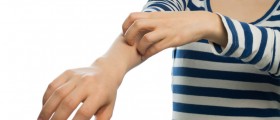



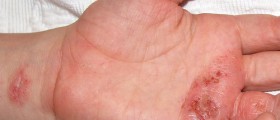
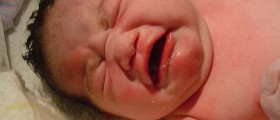






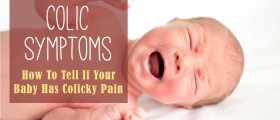
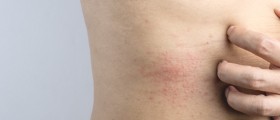
Your thoughts on this
Loading...